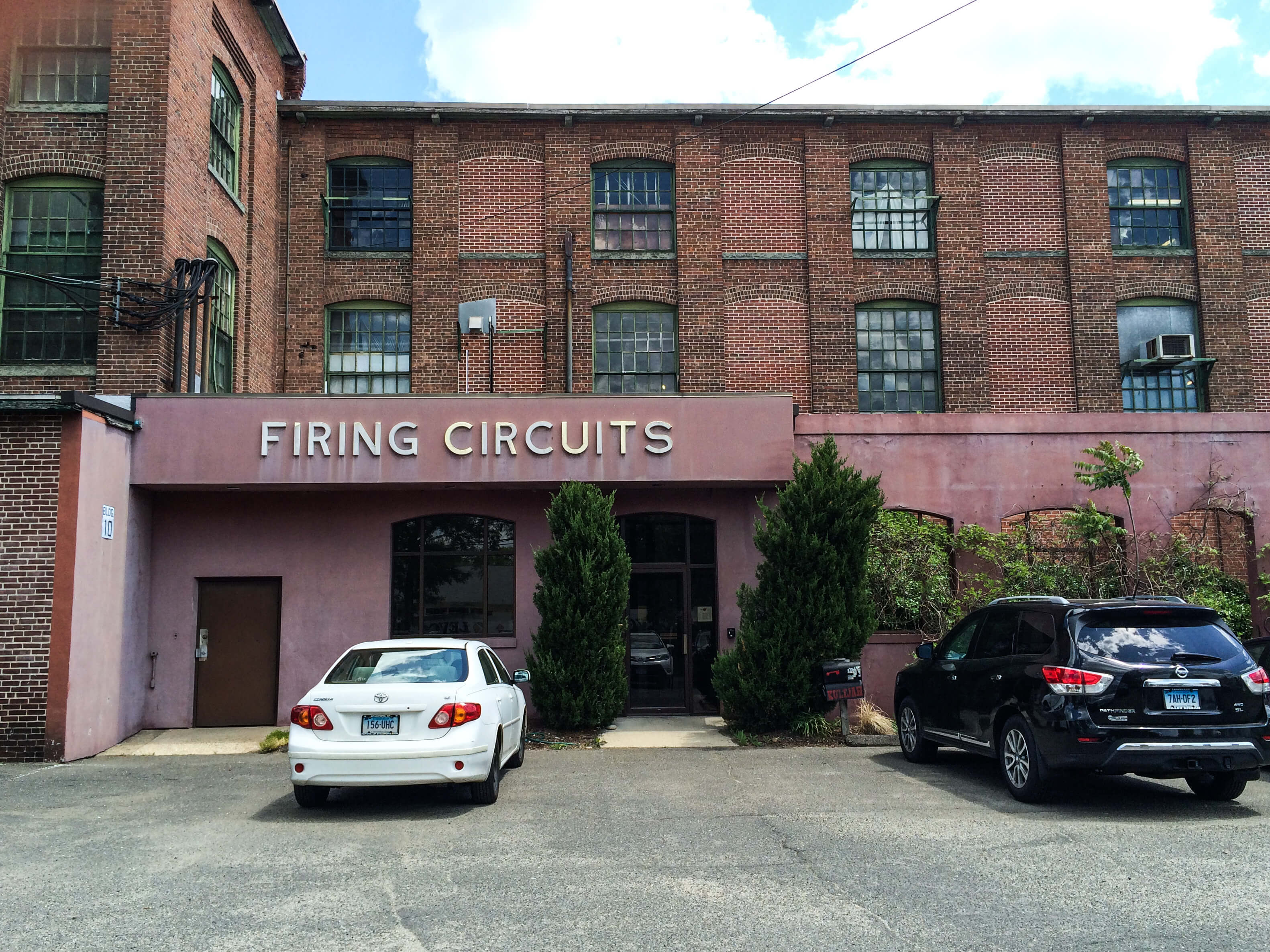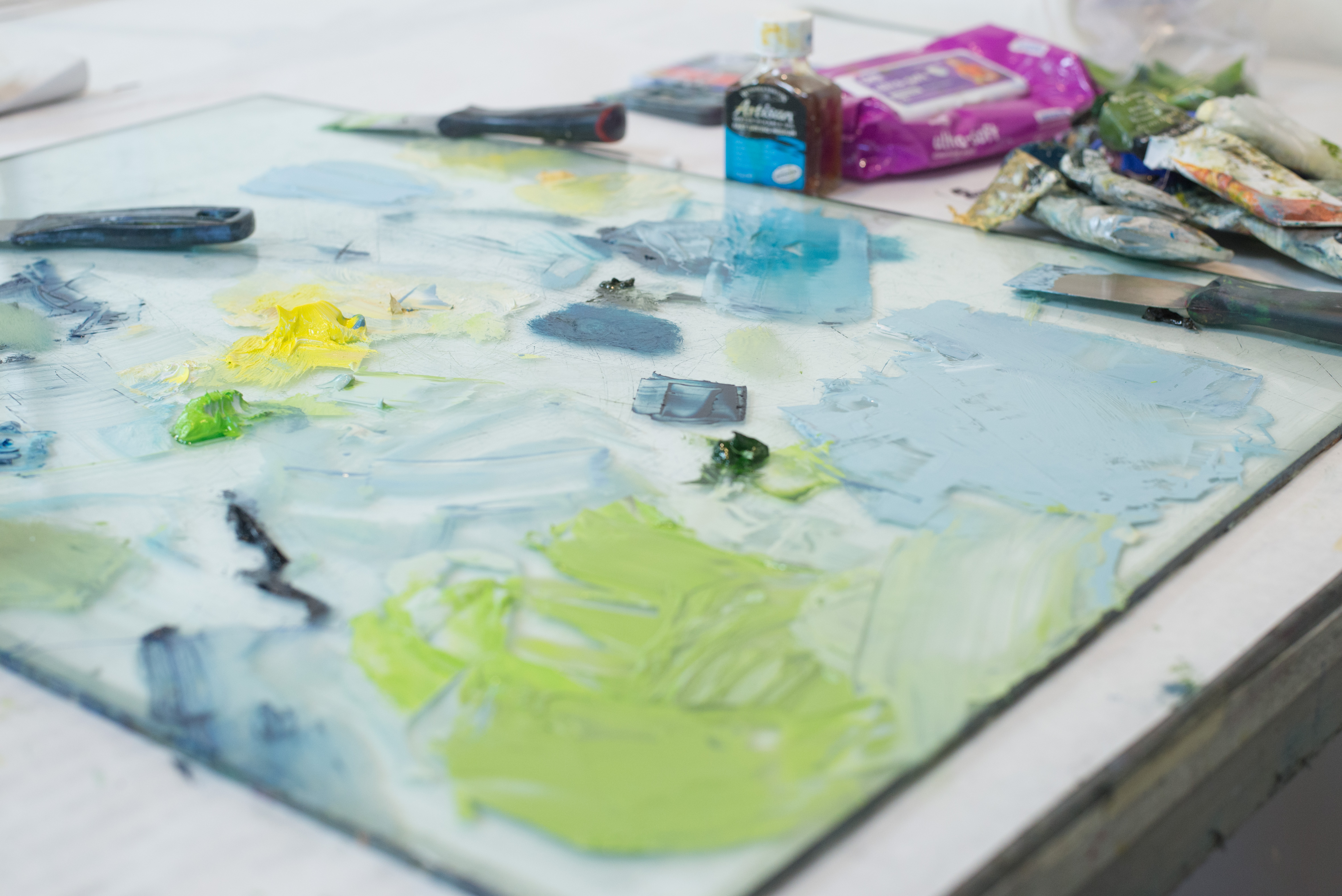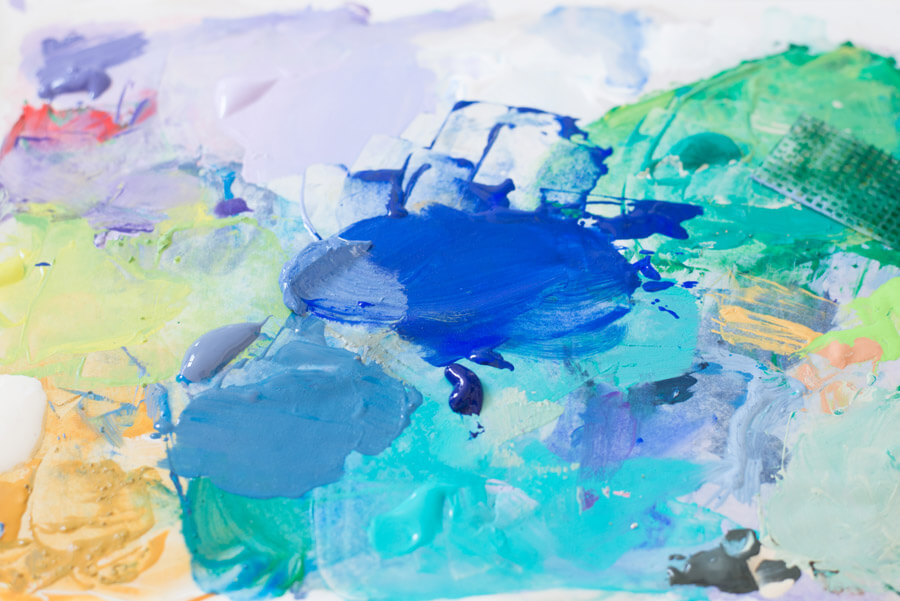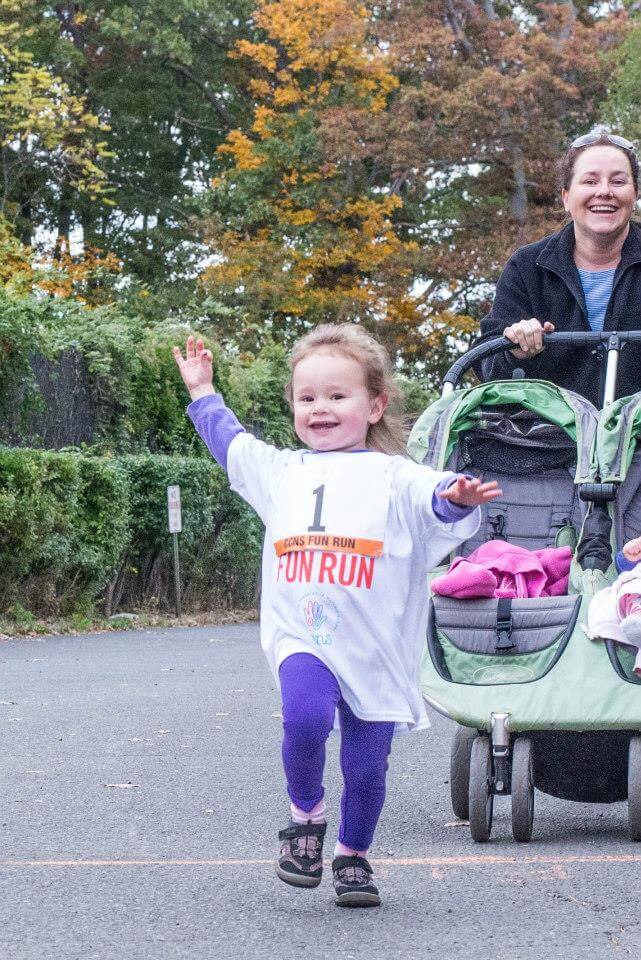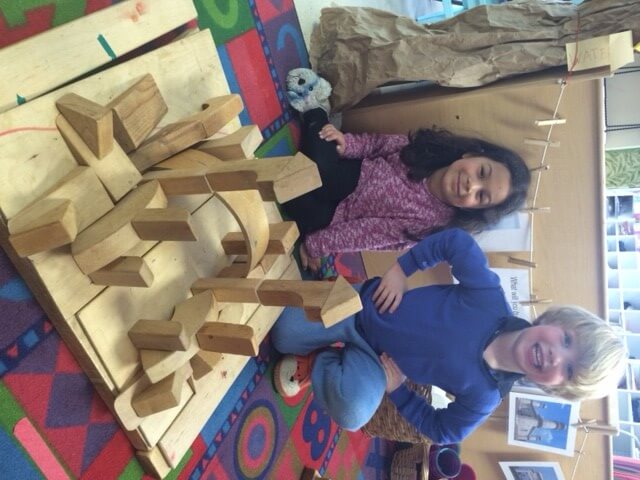[vc_row][vc_column width=”2/3″][vc_gallery type=”flexslider_fade” interval=”3″ images=”787,788,789,790,791,792,793,794,796,795″ onclick=”link_image” custom_links_target=”_self” img_size=”full”][/vc_column][vc_column width=”1/3″][vc_column_text disable_pattern=”true” align=”left” margin_bottom=”0″]Our marketing committee recently had the opportunity to visit Firing Circuits Studios where CCNS Art Show favorites, Mari Gyorgey and Susan Leggitt both have studios. Firing Circuits is located in a multistory brick building, which was the former home of the Dresden Lace Works and then an electronics components manufacturer named … Firing Circuits. Mari’s and Susan’s studios are located on the spacious third floor of the building, which includes lofted ceilings; exposed brick walls, vents and pipes; and beautiful, old paned windows. Take a peek at their studios with us, and come check out Mari’s and Susan’s artwork on June 4-7, 2015.[/vc_column_text][/vc_column][/vc_row]
Learning The Finer Points of Fine Art Printmaking With Betty Ball and Jane Cooper
[vc_row][vc_column][vc_column_text]Within the 19th century, former carriage house of the Lockwood Mathews mansion in Norwalk resides the Center for Contemporary Printmaking (CCP), which was founded in 1995 as a non-profit organization dedicated to supporting fine art printmaking, including lithography, monotype, silk screen, and several other printing techniques.
Members of the CCP have participated in the CCNS Art Show & Sale throughout the years, and this year’s show includes two fine art printmakers who are “key holding” members of the CCP, Betty Ball and Jane Cooper. I recently had the great pleasure of meeting with Betty and Jane at the CCP where I received a tour of the facility, observed an ongoing Norwalk Community College class, picked up a lithostone (there is seriously no reason for a lithographer to join a gym … ever), learned about Betty’s and Jane’s creative processes, and was even put to work pressing one of Jane’s prints!
What I learned during my visit to the CCP is that there is much more than meets the eye when it comes to creating a fine art print. Fine art printmaking is the creation of an original artwork using whatever medium and materials the artist chooses, and most definitely should not be confused with a print or reproduction (these days often done by giclee printing) of an original artwork. Both Betty and Jane create monotypes and monoprints, which involve the transfer of ink or paint from a plate to a paper or canvas often with the assistance of a press. To sound like a true aficionado, here are some key terms that you should know:
- Monotype – A monotype is essentially a printed painting and is created by transferring ink or paint from a clean, unetched plate to paper or canvas. Betty and Jane use oil-based paints that they apply to plates using brushes, cotton swabs, brayers … any number of items.
- Monoprint – A monoprint is the same as a monotype except that it will reflect a pattern or part of an image that is part of the plate. In creating a monoprint, the plate is not clean but etched or has some kind of pattern such as lace or leaves, which will always be reflected in a print created with that plate.
- Ghost Image – Generally, almost all of the ink or paint is transferred from the plate to the paper or canvas; however, some artists create a ghost image of the original print by pressing another piece of paper or canvass with the same plate without re-inking or re-painting.
- Chine colle – Chine collie is a method in which thinner paper is bonded to heavier paper before ink or paint is pressed onto the papers. This method can add texture, color or depth to a print.
Be sure to stop by the CCNS Art Show & Sale June 4-7 to see some of the beautiful fine art prints created by Betty and Jane![/vc_column_text][/vc_column][/vc_row][vc_row][vc_column width=”1/1″][vc_gallery type=”flexslider_fade” interval=”3″ images=”776,777,780,779,778,781″ onclick=”link_image” custom_links_target=”_self” img_size=”full”][/vc_column][/vc_row]
Newsworthy Topic: Learning Through Play

My mailbox has been overflowing with people sending me the links to two articles published recently on learning through play. Many of those people have been the parents of our students sending the link along with effusive “thank yous” for providing their children with such an incredible developmentally appropriate place for learning at CCNS. I wanted to make sure to provide the links to these important articles.
Please read David Kohn’s article featured in the New York Times, Let the Kids Learn Through Play.
As well as an article recently published in Psychology Today by Peter Gray, Early Academic Training Produces Long Term Harm
A third related article from the Washington Post last month by Valerie Strauss, Report Debunks ‘earlier is better’ academic instruction for young children analyzes a report written by Dr. Lillian Katz. This report and the article summarizing it make a distinction between academic goals and intellectual goals. It is helpful to understand that the debate is not simply between play and academic goals. Dr. Katz reports,”An appropriate curriculum for young children is one that includes the focus on supporting children’s in-born intellectual dispositions, their natural inclinations.” She goes on to support teaching basic academic skills within extended project work when children are using these skills to discover areas of interest to them as with this method children are deeply motivated.
CCNS is one of the few schools to extensively use The Project Approach with our preschoolers and Project Practice in our twos program. I received training directly from Dr. Katz herself and continued this training under the guidance of Dr. Judy Helm. The staff at CCNS has been working over the years to refine this practice with our students combining creative and stimulating play opportunities with astute observations of children’s interests. When an interest arises that can be developed in to a project interesting to the children we follow their lead. It is an exciting process that encompasses many facets of learning. One of our projects was featured in the Judy Helm’s newest book, Becoming Young Thinkers:Deep Project Work in the Classroom.
The parents sending me the links to the above articles prefaced their emails with comments such as:
“proof for what you are doing at CCNS”
“I’m so glad my child had the opportunity to learn this way.”
“We are so grateful that the staff of CCNS understands how children learn.”
So if your child is currently enrolled at CCNS, take a moment to feel really good about your decision to send your child to a school that highly values the importance of play combined with intellectual dispositions.
If you are reading this and are not currently enrolled, contact Tracy King at admin@ccnsct.org and give your child the gift of learning through play.
Art in Design Tips From Lillian August Designer Meighan Morrison
[vc_row][vc_column width=”2/3″][vc_column_text disable_pattern=”true” align=”left” margin_bottom=”0″]In advance of this year’s Art Show (June 4-7) Meighan Morrison, Lillian August interior designer, offers some tips on displaying artwork in your home.
1) DON’T “HANG ‘EM HIGH”
Invite your art to join you! People have a tendency to hang art too high in an interior space. Art should be a connected element in and of the vignette you are creating whether it be hung over a sofa or over a console, etc. Just a few inches over the sofa is fine… don’t worry if there is much more space above the art than below it. In short, instead of plunking art in the middle of the wall space, hug it to the rest of your design.
2) BE BOLD AND EMBRACE THE NEGATIVE
There is a tendency to want to evenly space out pieces of art throughout the available wall space of a room or home, much as one would evenly space out uniform pats of butter on top of a pie. This may result in a nice pie but does not usually result in a very interesting or dynamic interior space. Instead, play with scale and placement. Hanging one really large, impactful piece in a room and perhaps some secondary walls left empty is going to be more interesting than several similarly sized pieces equally spaced around the room. This follows the rule (both in art as well as interiors) that the negative space is as important as the positive space.
3) FORM A TIGHT-KNIT GROUP
As an alternative to a single large piece of art, diptychs and triptyches are fun and effective. If you have a collection of smaller artworks, try grouping them together to create one large presentation – either spaced evenly (for example, 3 neatly spaced rows of 5 same-sized photographs) or a randomly spaced grouping of art of different sizes. Either way, if you keep your grouping fairly tight, you will create a gallery wall that will carry similar impact to hanging one very large piece of art.
4) MIX IT UP
Instead of hanging traditional looking art in a traditional interior, consider choosing something graphic and modern – contemporary looking art juxtaposed against more traditional decor and/or architecture will instantly freshen a space and give it a more current look. On the flip side, an ornate frame and/or traditional painting in a clean, contemporary space can be just the tweak needed to add a spark of warmth and character to a space that might otherwise have felt a bit cold and austere.
5) DON’T JUDGE THE ART BY THE FRAME
Don’t fall in love with the just the fancy wrapping paper but the actual gift itself! It is easy to get enamored with an expensive or trendy looking frame when purchasing art…. or to overlook a beautiful piece of art because it is unframed or doesn’t actually need a frame or is wearing the wrong frame. Be sure it is the ART that you are connecting with. Frames are to art what accessories are to the dress: easy to change but quick to make or break the look.
Whether you choose a signature piece of original art by a well-known painter or an interesting piece from an emerging talent, fill your space and life with artwork that speaks to you. Local galleries or exhibits like this year’s CCNS Art Show & Sale (June 4-7 in Rowayton) are great places to find inspiration and that next interesting piece of art that will help you create a beautiful space.[/vc_column_text][/vc_column][vc_column width=”1/3″][vc_gallery type=”flexslider_fade” interval=”3″ images=”729,730,723″ onclick=”link_image” custom_links_target=”_self” img_size=”full”][/vc_column][/vc_row]
A Visit To The Aptly Named “The Art Studio” in Westport
[vc_row][vc_column width=”2/3″][vc_column_text]Tucked between Peachwave and the Gym Source on Post Road in Westport is The Art Studio Connecticut, a collaborative workspace for eight Fairfield County artists. Over the past several years, the CCNS Art Show & Sale has included works from members of The Art Studio, including its founder Helen Werngren.
This year, we are once again happy to have participating in this year’s show artists from The Art Studio. Katherine Evans, whose abstract paintings reflect complex color combinations, will be participating again. And, we are excited to have abstract landscape painter, Malu Tan, join the show for the first time this year.
Members of our marketing committee (aka CCNS parents) recently had the pleasure of visiting The Art Studio, speaking with Katherine and Malu, and getting a peek at some of the pieces that they will be submitting to the show.
The Art Studio, which is located on the second floor, is a bright, airy loft space. Each of the artists has their own area or space with which to paint and create. Take a look inside:
Katherine, who is trained as a graphic designer, started painting about eight years ago. Her sometimes rather large abstract paintings reflect rich, colorful palettes. She has won multiple awards; exhibits her work throughout Fairfield County as well as through Saatchi Art, an online exhibition; and has sold her pieces to collectors around the world.
Malu began pursuing her passion as an artist while her family was living in London several years ago. Her abstract landscape paintings reflect what she sees as layers of color when viewing the natural world from a much broader perspective, and she sometimes incorporates other materials, such as sand, to give her pieces depth and dimension. She also exhibits her works throughout Fairfield County and through Saatchi Art.
Many thanks to Katherine and Malu for allowing us a tour of the studio. To see more representations of Katherine’s work, check out her website at kevansart.com, and to see more representations of Malu’s work, check out her website at malutanart.com.
Come check out Katherine’s and Malu’s works June 4-7, 2015.[/vc_column_text][/vc_column][vc_column width=”1/3″][vc_gallery type=”flexslider_fade” interval=”3″ images=”680,681,682,683,684,685,686,687″ onclick=”link_image” custom_links_target=”_self” img_size=”full”][/vc_column][/vc_row][vc_row][vc_column width=”1/1″][/vc_column][/vc_row]
The Project Approach at Work in the Threes – A Study of Pets
Our project started after we read “Dear Zoo” by Rod Campbell – during story time everyone had a great time guessing which animal was behind the flaps. We acted out the story in small groups, taking turns watching each other.
Continue readingHOW THE ART SHOW BEGAN
CCNS first opened in a private home in the Village Creek section of South Norwalk in 1953. The current “little red schoolhouse” was built in the late 1960s, and CCNS proudly remains today as one of the few cooperative preschools in Connecticut.
Continue readingTHE STORY BEHIND THE FUN RUN AND FAMILY DAY
The CCNS Fun Run and Family Day was created by a group of parents who truly believe in fitness, health, and involving the whole family in a healthy lifestyle. CCNS really believes in families playing together, so the creators of this event thought this was the perfect complement to that mission.
Continue readingSymmetrical Building Challenge in the Fours
Although the block center is always open during our free choice play time during the day, the materials that are placed in the center often change for variety. Another way we intentionally plan in this center is to provide challenges to the children to bring their learning to another level.
Continue readingPLAY OUTSIDE!
On Saturday, May 2, 2015 we celebrated National Play Outside Day with our friends and neighbors in Pinkney Park in Rowayton. We had an incredible morning using our imaginations and hundreds of boxes of all shapes and sizes to build, explore, and create.
Continue reading
